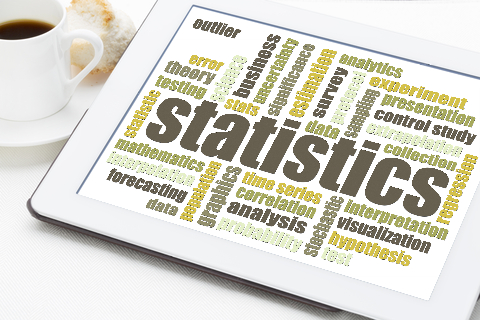Help to Determine a Parameter in Statistics
In research, studying the entire population may be impossible for students or scholars, thus, the reason they need to understand and answer the question; what is a parameter in statistics.
In statistics, a parameter describes a specific characteristic of the whole population under study. Population parameters can be determined by using inferential statistics calculated from a representative sample for the target group. Particular sampling techniques are used to estimate population parameters.
Our quantitative data analysis experts assist researchers and students to draw valid conclusions about their study populations using inferential statistics. Understanding the relationships between populations and population parameters; samples and sample statistics are fundamental in research. This article contains a detailed discussion on the factors we consider when determining parameters in statistics.

Factors We Consider When Determining Parameters in Statistics
Determining a population parameter is based on an excellent understanding of its characteristics. A target population in a study may comprise people, events, objects, and businesses among other types.
In statistics, a population may be a complete set of all similar objects/items existing in the study area or a theoretical construct of infinite size. The following are some of the factors we consider when determining parameters in statistics.
1. The nature of the study population
It is imperative to understand the nature of study populations or subjects to determine the common parameters that are applicable in that particular research.
We must, therefore, be specific on whether the target population comprises a set of similar items or a theoretical construct that needs to be measured using sample statistics. To offer the best help to determine a parameter in statistics, our experts define the study population using attributes that narrow down to meet the needs of the analysis.
2. The sub-populations sampled during the study
Understanding the sub-populations is essential in grasping the subject matter and the statistical models most suited for analyzing the data. Unique characteristics in the sub-populations can be perceived as additional factors when determining parameters in a study.
3. Sampling techniques used
The sampling techniques used ought to produce unbiased estimates that are correct on coverage for the entire target population. The size of the study population determines the sampling technique that is most appropriate to draw valid conclusions. Random sampling is the most common technique used to draw sample from large populations.
Each member or element of the population has an equal probability of being selected. Simple random sampling is ideal for minimizing bias and simplifying data analysis processes. Other techniques for obtaining representative samples include stratified, cluster, and convenience or systematic sampling. We evaluate the extent to which the sampling techniques used maintained internal and external validity of the study.
4. Accuracy of the sample size in representing the entire population
The sample size or the number of items/objects selected for the study should be large enough to estimate the real value of the entire population. The sample statistics obtained should be significant and accurate in representing all the members of the study population.
To determine whether the sample size is appropriate for the study, our quantitative data analysis experts evaluate factors such as the effect size, population standard deviation, level of significance, and the prospective power of an experiment in detecting the hypothesized effect.
5. Type of population parameter based on sample statistics
Different types of inferential statistics allow one to draw conclusions about a large population from a specific sample proportion. The most common population parameters calculated in statistics include the measures of central tendency such as the mean, median, and mode; measures of variation including the standard deviation, range, and variance.
We also assist researchers and students to test hypotheses on sample statistic and create range confidence intervals on which the full population of interest lies. In our help to determine a parameter in statistics, we must consider the distribution of data and the nature of study questions to be answered. The diversity in distribution influences the parameter to be calculated. If the statistical data is normally distributed, two common parameters; the mean and standard deviation, are considered.

6. The type of statistical study
The type of statistical study influences the parameters required to describe the entire population. Observational studies, experiments, surveys, or meta-analytical inquiries differ in methods of data collection and analysis and, hence, the type of parameters calculated to characterize populations in each research approach.
To accurately estimate parameters from a random sample, it is imperative to thoroughly analyze the data obtained from the study population.
It is our responsibility, as qualitative data analysts, to help students, researchers, and other stakeholders discover how to use statistics in understanding populations and calculating inferring parameters. Such parameters are essential in drawing valid conclusions on characteristics of a population proportion and generalizing them to an entire group of interest.
Our services are available and accessible all the time with an excellent customer support team that ensures clients are satisfied and delighted. We honor deadlines and ensure timely delivery of high quality papers and orders from all subjects and fields. Clients are assured of receiving the best help to determine a parameter in statistics after ordering our services.





